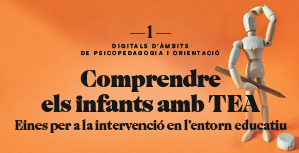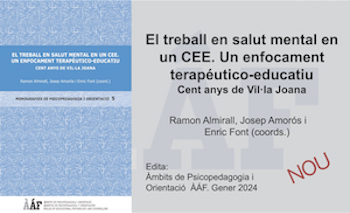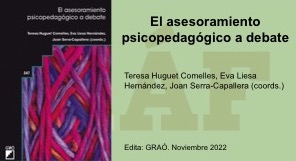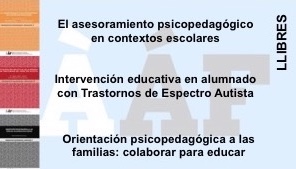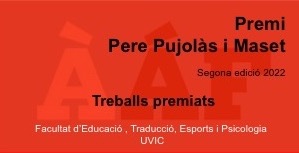Architecture, a key element in educational innovation
Keywords:
Education, Methodology, Organization, Psychopedagogy assessmentAbstract
Pedagogical regeneration is a demand, which is more and more present in schools, and how schools are configurated has a lot to do with this. The present article offers a reflection on how important educational spaces are in the process of learning-teaching from the combination of three disciplines: architecture, pedagogy and enviromental psychology. The overview of the space-educational pairing shows us an approximation to the distinction between occupying and inhabiting (Heidegger, 1954) with the aim of giving relevance to the implications that environmental factors exercise over education.
Following on from this, a short categorisation of the educational spaces is carried out from an architectural point of view. It is related to its pedagogical potential and with the learning channels which favour each space. It includes a brief example of reflection and intervention experiences which some schools are carrying out in order to show different ways that improve learning spaces.
This article concludes with a call for dialog between the different protagonists implicated in the configuration of learning spaces: teachers and architects. The former have to define and transmit the pedagogical necessities, the latter have to create effective spaces and physical environments in the school. These spaces should be inviting and contribute to the necessary conditions that allow learning growth.
References
Bollnow, O.F (1969). Hombre y espacio (1ª edición). Barcelona: Editorial Labor.
Brownlee, D. & De Long, D.(1998). Louis I. Kahn: En el reino de la Arquitectura (1ª edición). Barcelona: Gustavo Gili.
Carbonell,J. (2015). Pedagogías del siglo XXI: Alternativas para la innovación educativa(1ªedició). Barcelona: Octaedro editorial.
CHING, (1998). Arquitectura: Forma, Espacio y Orden. Barcelona: Gustavo Gili.
Heidegger, M (1954). Building, dwelling, thinking. Lotus internacional, 24.
Institut d’educació (2009). Les escoles bressol de Barcelona: Solucions arquitectòniques al servei dels infants. Barcelona: Ajuntament de Barcelona.
Lozano,C. (1994). La educación en los siglos XIX y XX (1ª edició). Madrid: Editorial Síntesis.
Monés,J & Pujol-Busquets, J. (2009). El pensament escolar a Catalunya 1760-1845 (1ªedició). Barcelona: Societat Catalana de pedagogia.
Moles, A.& Rohmer, E. (1990). Psicología del espacio. Barcelona: Círculo de lectores.
Newton,C. & Fischer, K. (2009). Learning spaces. The transformation of education spaces for the 21st century (1º edition). Australia: Australian Institute of Architects.
Real Decreto 132/2010, de 12 de febrero, por el que se establecen los requisitos mínimos de los centros que impartan las enseñanzas del segundo ciclo de la educación infantil, la educación primaria y la educación secundaria. Recuperat el 1 de desembre del 2016 de https://www.boe.es/buscar/doc.php?id=BOE-A-2010-4132.
Vark. (2016). Vark: A guide to learn styles. Recuperat el 20 de novembre de http://vark-learn.com/

Downloads
Published
Issue
Section
License
The authors maintain their copyright and give the right to the first publication of the work to the journal, registered under a Creative Commons Attribution-Non Commercial-NoDerivs license. This license allows others to download the works and to share them with others as long as they credit the author, but it does not allow for any kind of modification or commercial use.


